

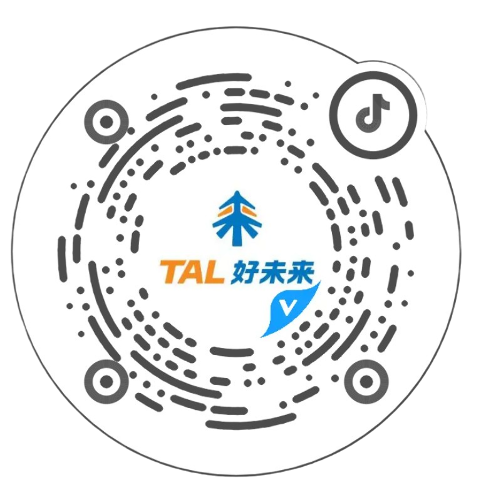

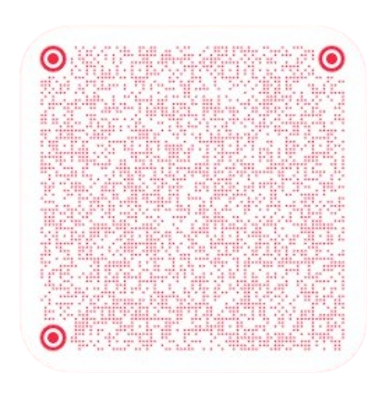
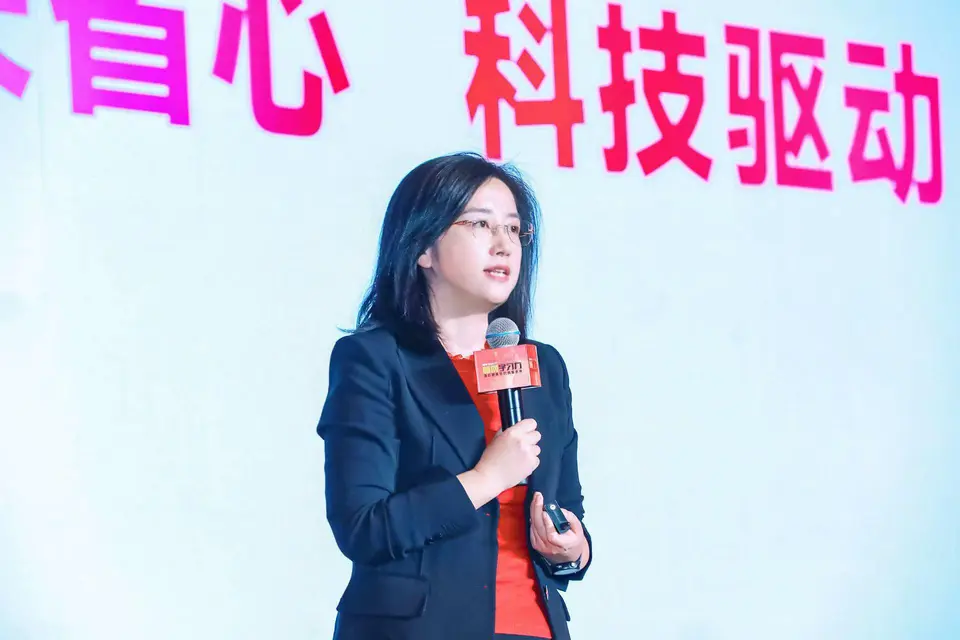
Chairman of TAL Charitable Foundation, Laura’s Speech at GET2024 Education Technology Conference
Hello everyone, I am Laura from Xueersi. The last time I attended the GET conference was in 2022. Over the past two years, we have explored new territories in AI and quality education, and I would like to take this opportunity to share them with you.
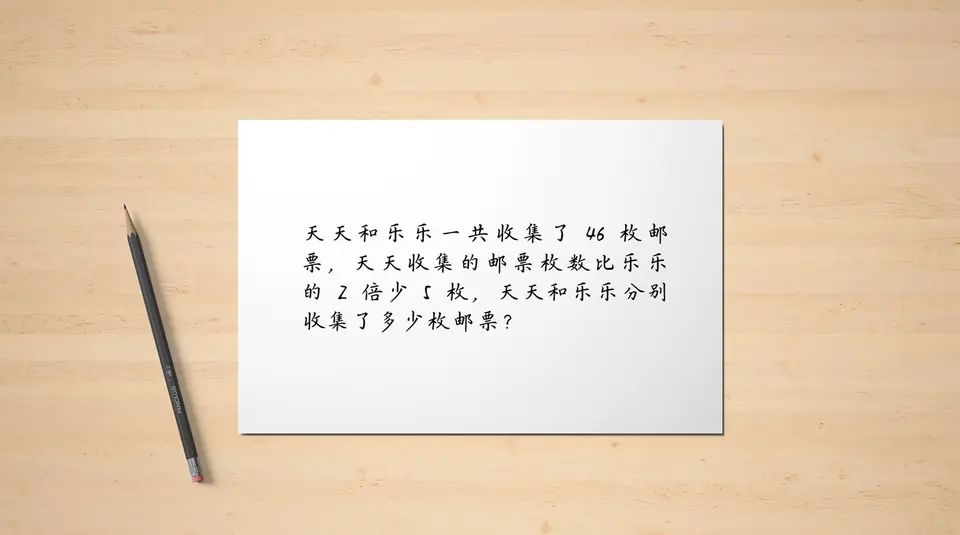
On the PPT is a question, please take a look. Why I bring out this question is because it's a real case. A colleague saw this question in her moments, and her child, who is in the fifth grade, wanted to know how to solve it without using equations, in a way comprehensible to a child.
She sought help from various large models, but all the answers given by these models used equations and lengthy explanations. Our colleague then tried an app developed by Xueersi called "Ask Anytime," which finally provided the thought process she needed.
As we can see, "Ask Anytime" has achieved multimodal explanations, multimodal follow-up questions, and multimodal interactions. Why do we mention multimodality? We put ourselves back in the students’ real scenario. When we ask a teacher a question, they won't just give you the answer. Instead, they will help you analyze the question, ask you questions during the explanation, and you as a student will further inquire if you do not understand. There is a continuous process of questioning and follow-up questioning. In a classroom scenario, a teacher will use a blackboard to explain how to solve a problem. Solving a problem isn't just about getting the answer in text, but more importantly, using figures and even blackboard-like illustrations to enhance students' understanding, thus improving learning efficiency and making learning easier.
According to our estimates, there are over 100 million primary and middle school students in China. If each student encounters an average of two challenging problems a day, that amounts to at least 200 million problems daily. If we can enhance the learning efficiency for these problems, it would significantly alleviate the tutoring burden and anxiety of millions of parents, which is certainly meaningful. We understand this as a form of "New Quality Learning," resonating with today's conference theme. Our value proposition at Xueersi and TAL is "Kids like it, parents feel relieved, technology-driven."
In the past three years, TAL has been undergoing transformation, iterating numerous products, and investing heavily in AI. However, our educational philosophy and original intentions have remained unchanged. " Our mission has shifted from "Love and technology make education better" to "To empower life-long growth with love and technology." Whether in education or lifelong growth, it reflects our hope to promote sustainable and balanced development of the education industry through product, technology, and content innovation, ultimately bringing incremental value to society.
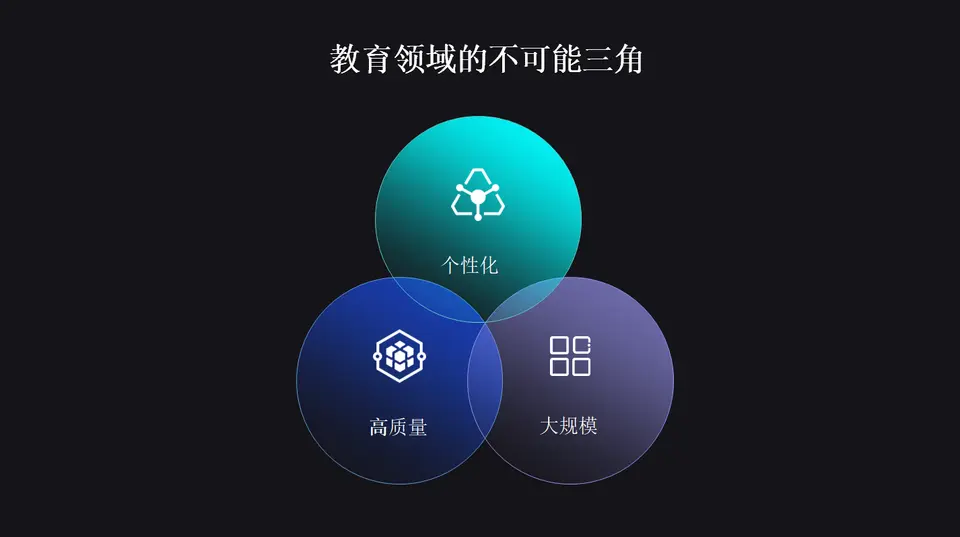
TAL has been established for 21 years, consistently striving to find a way to solve the so-called educational impossibility triangle – "personalization, high quality, and large scale." Small offline classes could achieve personalization and quality but couldn't scale; large online classes solved scalability but not personalization. How to make these three coexist has always been our contemplation.
With the advent of AI and generative large models, we see hope and dawn in solving this impossibility triangle.
Allow me to introduce our practice in large models.
Our involvement with large models wasn't an impulsive decision; since our establishment in 2003, 21 years ago, we have been considering how to accumulate data. We formed an Educational Research Cloud for data sedimentation, established an Artificial Intelligence Lab in 2017, and explored the combination of AI and education. In 2019, we became the construction unit of the new-generation AI open innovation platform of Smart Education State. In August 2023, we launched the Xueersi MathGPT, which passed record-keeping in November last year, becoming the first batch of recorded educational large models in China.
In the two years since we started large models, Xueersi MathGPT has continuously improved and evolved, becoming an all-rounder, accumulating in problem-solving, conversation, grading, explaining, and recommending capabilities. These capabilities have been integrated into our products, including smart hardware and apps.
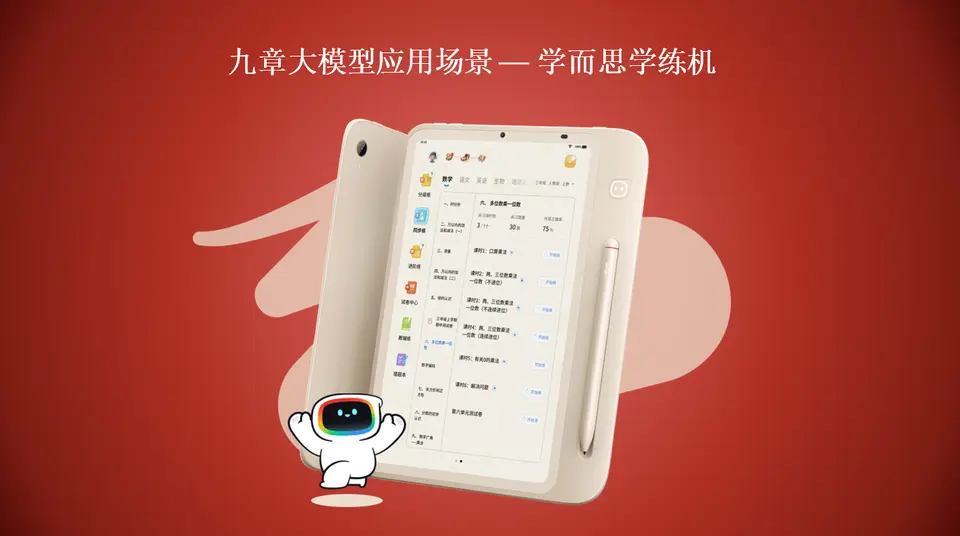
Our products applying large models include homework grading, Chinese and English composition grading, oral practice, etc. For instance, our smart hardware integrates large model capabilities, making full use of content, AI, and user data to fully leverage AI’s role through complete link penetration.
We introduced our first learning machine to the market in February 2023 and have since launched several other learning machines. On the screen is our latest learning and practice machine. The key advantage of Xueersi's smart hardware is high-quality content. Unlike early learning machines that merely displayed content on a screen, our products evolved with smart grading abilities, bringing learning machines to life, providing real-time feedback that helps students understand what to improve.
For example, even if a learning machine could store 1 billion questions, it is not to have the students do or review them all. Instead, AI’s recommendation abilities suggest the most suitable content for efficient learning, allowing more time for other interests. Our intention is for learning machines to facilitate efficient and relaxed learning.
Parents, too, can have a more relaxed and efficient way of tutoring their children. For example, sometimes teachers assign dictation and mental arithmetic homework which can be handled by the learning machines. This truly reflects the relief of parental burdens, creating a more relaxed family atmosphere and better parent-child relationships.
Through our "2C products and services", we realize that AI-enabled study hardware can significantly help parents and students. We are also contemplating how to contribute to educational public welfare through AI and smart hardware.
In April this year, Xueersi and the Peking University Education School launched a project to donate learning machines to children in Dali, Midu. Each of the 100 students in the selected grade received a learning machine. A research group was established to analyze how AI empowers rural education and brings enhancements.
In June, we officially launched Xueersi Xpad Hand-in-Hand Public Welfare Campaign, donating learning machines to schools in Yushu, Qinghai. Initially, no teachers mentioned AI or smart learning hardware, but they quickly started using them for grading essays.
In Bijie, Guizhou, a school built a classroom for learning machines. Teachers and principals reported significant improvements in students' English pronunciation, problem-solving skills, and writing inspiration.
Officially launched in June, our goal is to implement this project in 100 rural schools in the next three years. In four months, we have reached 20 schools in eight provinces and will continue to iterate and adjust this project to support rural education.
Artificial Intelligence and large models enrich our educational forms. Addressing future educational ability development is crucial as we discuss today's theme.
In the past three years, we have refined our education systems in various quality aspects, including science, programming, and natural history, believing it’s vital.
We know the 20th Central Committee Third Plenary Session proposed, "Education, science and technology, and talent are the foundational and strategic support for modern socialist country construction." This policy guide emphasizes the importance of scientific innovation rooted in education and talented scientific personnel cultivation.
How to provide high-quality products and content in scientific literacy to cultivate future abilities, including innovation and cooperation abilities, is increasingly vital.
For example, a student from Xueersi Online School created a senior-friendly smart hospital model to improve elderly healthcare, winning first place in a national youth scientific innovation competition.
For us, winning isn’t the key; it’s touching that students apply learned knowledge and skills to real-world problems, enhancing society and making life better.
In 2005, Qian Xuesen posed the "Qian Xuesen Question": Why do we fail to cultivate exceptional scientific innovation talents? This sparked nationwide reflection and discussion.
Nineteen years on, significant attention is devoted to cultivating scientific innovation talents, evident in national policies, school focus on science, and parental and societal emphasis.
Last Friday in Shanghai, a parent told me about enrolling in our science class, not for school achievements but because our course reforms instill inquiry, problem-solving skills, essential for the future and AI era.
As cognitive habits change from national to societal, and familial efforts, the cultivation of scientific innovation talents is well underway.
It's my pleasure to see many peers here today, discussing new quality learning and future education. Together, we can craft a more promising educational future.
Thank you all.
Sourced from: https://m.163.com/dy/article/JH0GV35N051480G7.html